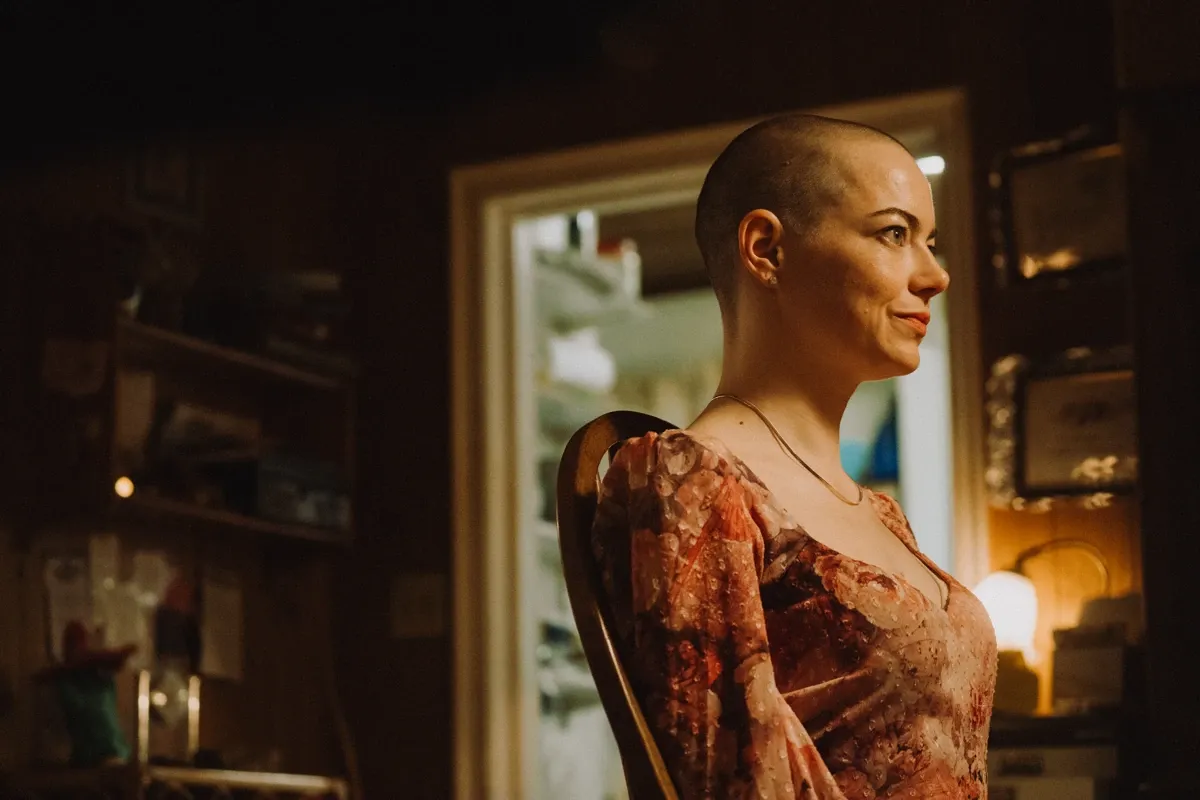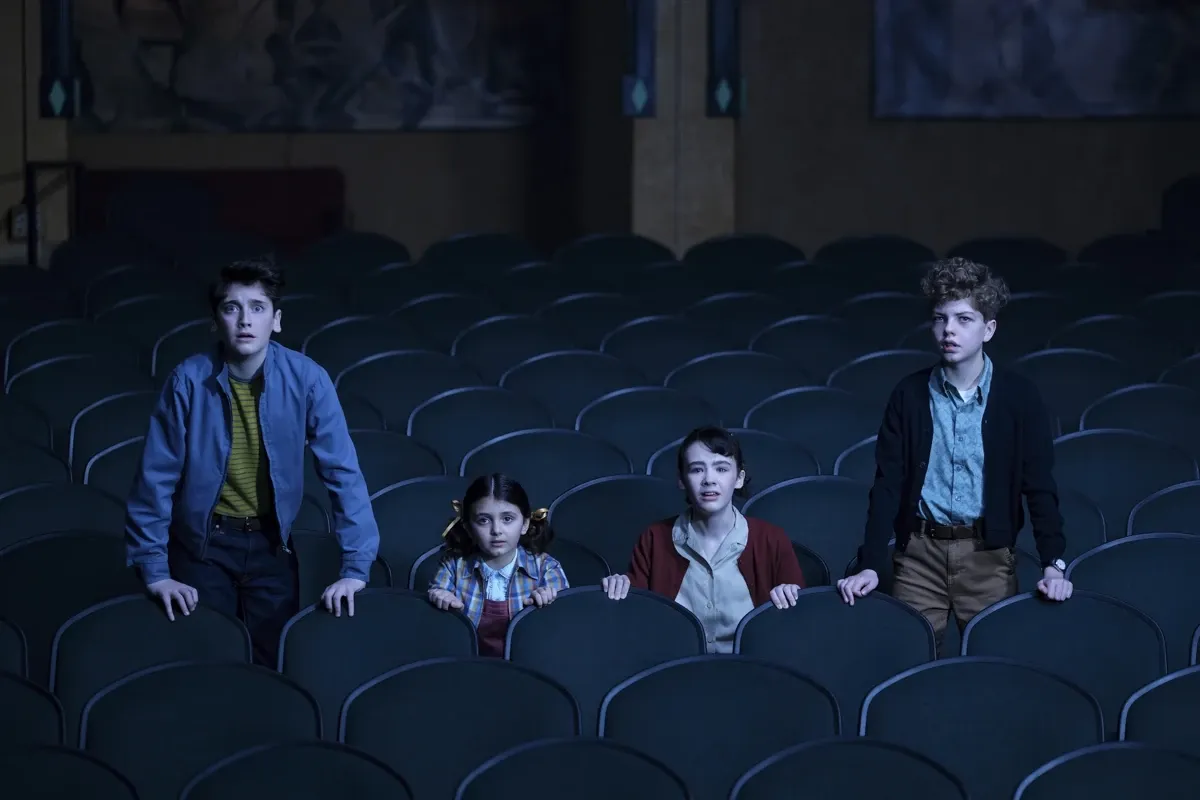I’m half the size today that I was a year ago. By next year, I’ll be half the size I am now. It took years of medication and painful surgery to fix whatever was broken, but soon I’ll be “normal” again.
Watching Coralie Fargeat’s exemplary second film, I often thought of how difficult it is to live in your skin. After all, you don’t get much say when you’re born into it. It takes years, often decades, to grow into your body. Many never get there. We’re so behind as a society in understanding things like gender that it will take generations more to understand the soul.
But we’re very good at selling the body. We’re even better at judging it. Whatever troubles I’ve had with mine, my issues are still easier by comparison, because I was born into the gender that I am. Women and those who identify as women are always judged on a different scale. A universally unfair one, to boot. A man grows more dignified with age; women have an expiration date.
Demi Moore plays Elizabeth Sparkle, a star whose glory days are behind her. The bravura opening shows the passage of time as her walk of fame star is planted, and how it cracks with time, and how, eventually, those passing it ask “who was that again?”
To anyone’s eyes, Elizabeth is still gorgeous, but that isn’t the point. She’s been treated like a commodity for so long, her entire sense of self-worth is tied to the perception of others. Her show, a sleazy aerobics program that’s an experiment in maximal male gaze, is now out for a younger new model. Dennis Quaid, her boss, is a gross, megalomaniac buffoon, who might as well run a meat stall. His age is never in question. Neither are the ages of the investors, all old white men.
Afraid of a future alone, Elizabeth turns to a mysterious drug called The Substance. It promises her another version of herself, younger, better in every way. The only catch is that the new her and the old original body must trade places every seven days, no exceptions. They are one, and yet they are not.
The monkey paw twitches.
When Elizabeth wakes, she is now Sue (Margaret Qualley). The epitome of all her hopes and dreams. It’s not long before Sue is the new talk of the town. But what happens when the two need to switch again?
The Substance plays out like an old-fashioned ghost story. More than once, it reminded me of Tales from the Crypt. It’s a simple story that is effectively told, and with just enough satire to bite into before the climax goes entirely off the rails. After the first screening, quite a few critics were tremendously upset by the film, calling it misogynistic because of its depiction of a sensitive and difficult subject.
I can’t comment on that part. It’s not my domain. But I found The Substance, a deeply sad and often very empathetic story. It is clear from the outset that Fargeat is on Elizabeth’s side, and as such, so should we be. Her bad decisions do not make her a bad person. They make her a victim as much as anyone who has grown to hate their physical self. Yes, other reasons exist, and The Substance isn’t here to debate them. Its outrage is fixed on media, and how it treats women as a commodity.
The performances from Moore and Qualley are brave and profound. Moore, in particular, goes from tragic to campy and terrifying, and makes it look effortless. Even as the movie flirts with the outrageous, like in the show stopping finale, Moore grounds the absurdity with an emotional core. We want the best for her, even as we know it won’t happen. Even as an old friend from school is clearly smitten by her, she can’t get herself to see him. Her other self, Sue, haunts her from billboards. Flaunting that which Elizabeth no longer has.
It’s here that Fargeat mines the best parts of The Substance. Film, advertising, and media in general sells us an illusion. Buying into it is inherently dangerous. Actors are expected to always maintain that illusion, and as viewers we feel betrayed when they no longer look like they once were. It’s a parasocial existence, and Fargeat makes us complicit by highlighting just how easily we consume footage of women’s bodies without a second thought.
The ending, which you can see coming early, is an explosive mix of Brian De Palma and Peter Jackson. It’s spectacular, even if it’s a surprisingly easy conclusion. At times, I did wish for more, well, substance. But that’s hardly the point of a horror story. We’re supposed to learn simple lessons, and we repeat these stories because we are so bad at learning them. In the hands of Fargeat, Moore, and Qualley, we care about our heroine, and we wish that she would care about herself as well.
If only, the films asks, we could extend that empathy beyond the two hours within a blackened theater.













